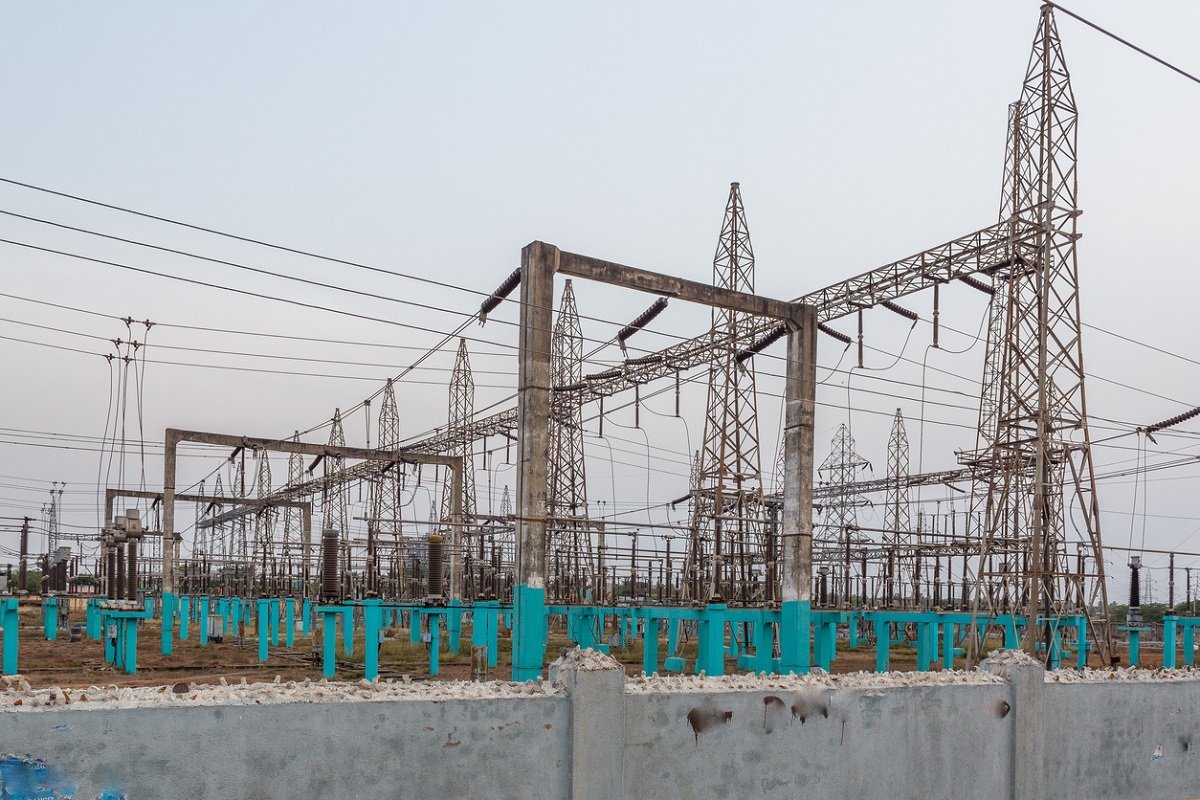The year 2024 marked a landmark period for India’s power sector, with historic advancements in energy generation, transmission, and distribution.
From meeting record power demand of 250 GW to reducing energy shortages at the national level to a mere 0.1% in FY 2024-25, the sector demonstrated resilience and commitment to sustainable growth.
Advertisement
Significant strides in energy conservation, consumer empowerment, and infrastructure development underscore the government’s efforts to ensure reliable, affordable, and clean energy for all.
With groundbreaking initiatives such as universal electrification, enhanced rural power availability, and the adoption of cutting-edge technologies, India is firmly on the path to becoming a global energy leader.
India successfully met an all-time maximum power demand of 250 GW during FY 2024-25. Due to significant additions in generation and transmission capacities, energy shortages at the national level have reduced to a mere 0.1% in FY 2024-25, a major improvement from 4.2% in FY 2013-14.
Per capita electricity consumption in India surged to 1,395 kWh in 2023-24, marking a 45.8% increase (438 kWh) from 957 kWh in 2013-14.
Villages and households across the country have been electrified, marking a significant milestone in India’s power sector.
The average availability of electricity in rural areas has increased from 12.5 hours in 2014 to 21.9 hours, while urban areas now enjoy up to 23.4 hours of power supply, reflecting substantial improvements in the reliability and reach of electricity services.
India’s total installed power generation capacity has surged by 83.8%, increasing from 249 GW as of March 31, 2014, to 457 GW as of November 30, 2024.
Since April 2014, 129 GW of renewable energy capacity, including large hydro, has been added. This includes 91 GW of solar power, 27 GW of wind power, 3.2 GW of biomass, 1.3 GW of small hydro, and approximately 6.3 GW of large hydro generation capacity, demonstrating India’s strong commitment to clean energy.
To address the peak demand of India’s rapidly expanding economy, the government has awarded 19.2 GW of new coal-based thermal capacity. The total installed capacity of coal and lignite-based thermal plants now stands at 217.5 GW. An additional 29.2 GW of capacity is under construction, with 13.4 GW expected to be commissioned in FY 2024-25. A further 36.3 GW of capacity is in various stages of planning, clearances and bidding.
As of March, 2024, Domestic Coal-Based (DCB) power plants held a coal stock of 47.8 MT. As of December, 2024, these plants hold 41.4 MT of coal which is targeted to increase to 50 MT by March 2025. Sustained coal supply during Q1 and Q2 of FY 2025 ensured meeting the peak demand of 250 GW in May 2024. With improved domestic coal availability, the Ministry of Power discontinued its advisory for blending imported coal beyond October 15, 2024.
The government is reviewing the coal allocation policy to encourage private sector participation. The revised policy proposes two simplified windows. Window-I permits allocation of coal at “Notified Price” to Central Generating Companies and State Governments.
Window-II allows allocation to all generating companies (Central, State, or Private) at a premium over the “Notified Price,” irrespective of ownership or nature of PPAs.
The new policy aims to support the development of an additional 80 GW of thermal capacity.











